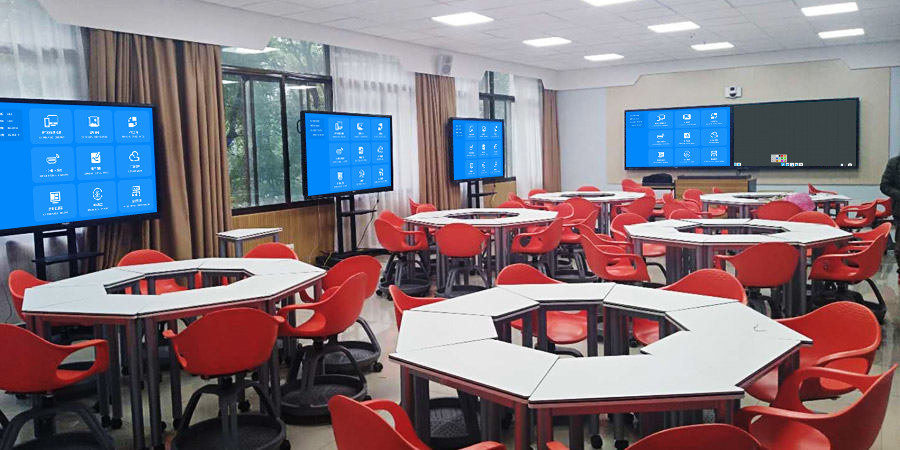Multi-Screen Interaction Technology: Reshaping Learning Experiences in Smart Classrooms
Multi-screen interaction technology is transforming traditional teaching models. By enabling wireless screen mirroring, it creates more flexible and efficient teaching methods, injecting new vitality into smart classrooms.
1. Technical Characteristics
Synchronized Display
- Content synchronization across multiple screens, ensuring consistent information presentation.
- Support for diverse device types (computers, mobile phones, tablets).
- Real-time updates of displayed content to reflect the latest changes instantly.
Interactive Collaboration
- Screen sharing between teachers and students for seamless knowledge transfer.
- Support for simultaneous multi-user operations on shared content.
- Instant feedback and interaction to enhance engagement.
2. Teaching Applications
Classroom Teaching
- Comparative display of different solutions to highlight differences and advantages.
- Real-time annotation and explanation directly on the shared screen.
- Increased classroom participation through interactive features like live polling.
Group Discussions
- Independent discussion spaces for each group with dedicated screens.
- Centralized display of group results for whole-class review and analysis.
- Promotion of idea collision by visualizing and comparing diverse perspectives.
3. Implementation Recommendations
- Plan classroom layout rationally to ensure all students have clear visibility of screens.
- Select stable and reliable devices with strong compatibility across protocols.
- Provide training for teachers to master multi-screen interaction skills and integrate them into teaching.
